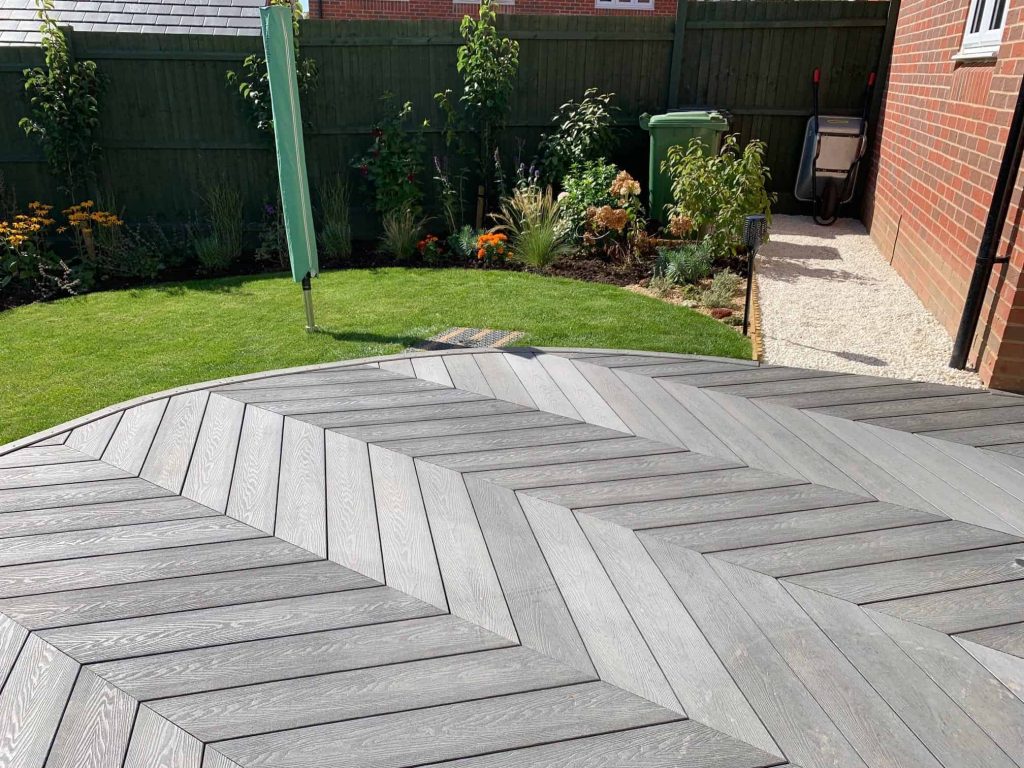Composite decking has seen significant evolution in recent years, with various trends shaping the market. What’s in today may be out tomorrow, but certain aspects remain timeless. In recent years, one of the most prominent trends in composite decking is the focus on sustainability. With increasing awareness of environmental issues, consumers are gravitating towards eco-friendly decking materials. Manufacturers are responding by incorporating recycled materials into their composite boards and minimizing waste during production. This trend is likely to continue as consumers become more environmentally conscious, making sustainability a key element in the composite decking industry. Another trend gaining momentum is the pursuit of natural aesthetics. Mimicking the look and feel of real wood has been a consistent goal for composite decking manufacturers. This involves creating boards with authentic wood grain textures, natural color variations, and even embossed patterns to emulate the charm of timber.

While the technology behind this trend evolves, the desire for decking that replicates the timeless appeal of wood remains constant. Additionally, low-maintenance decking is a trend that’s firmly established itself. Homeowners are increasingly seeking decking materials that require minimal upkeep, sparing them the hassle of regular staining, sealing, or sanding. Composite decking, with its resistance to rot, mold, and fading, fits the bill perfectly. As busy lifestyles become the norm, low-maintenance options are here to stay. Texture is another key focus in the composite decking industry. Innovative surface textures not only enhance aesthetics but also improve safety by providing better grip underfoot, especially when wet. Popular textures include brushed or embossed finishes, which not only add visual appeal but also contribute to the overall tactile experience of the deck. What’s out in composite decking trends are materials that lack durability and sustainability. As consumers become more educated about the environmental impact of their choices, traditional wood decking, which often involves deforestation and chemical treatments, is losing favor.
Likewise, decking materials that require constant upkeep and are prone to weathering and decay are being phased out as low-maintenance alternatives become more accessible buy composite decking. Timeless elements in composite decking include versatility and customization. Homeowners value the ability to choose from a wide range of colors, board sizes, and accessories to create a unique outdoor space that suits their style and needs. Whether it’s a classic, subdued look or a bold, contemporary design, the flexibility to customize remains a constant in the composite decking market. Ultimately, the composite decking industry is on a trajectory towards greater sustainability, aesthetics, low-maintenance solutions, and improved textures. While trends may come and go, the timeless appeal of a beautiful, durable, and eco-friendly outdoor living space will always be in demand. As technology advances and consumer preferences evolve, the composite decking industry will continue to adapt, offering innovative solutions that cater to the changing needs and tastes of homeowners.

